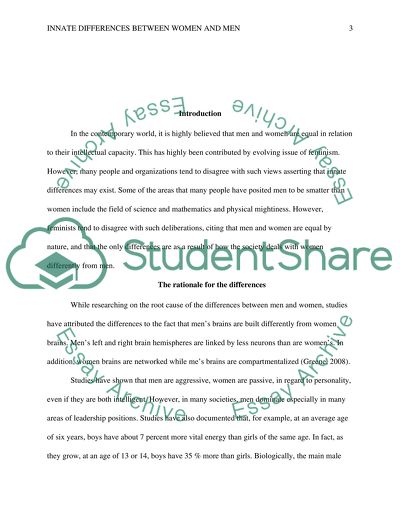Cite this document
(“Are there innate differences between women and men Research Paper”, n.d.)
Are there innate differences between women and men Research Paper. Retrieved from https://studentshare.org/gender-sexual-studies/1457806-are-there-innate-differences-between-women-and-men
Are there innate differences between women and men Research Paper. Retrieved from https://studentshare.org/gender-sexual-studies/1457806-are-there-innate-differences-between-women-and-men
(Are There Innate Differences Between Women and Men Research Paper)
Are There Innate Differences Between Women and Men Research Paper. https://studentshare.org/gender-sexual-studies/1457806-are-there-innate-differences-between-women-and-men.
Are There Innate Differences Between Women and Men Research Paper. https://studentshare.org/gender-sexual-studies/1457806-are-there-innate-differences-between-women-and-men.
“Are There Innate Differences Between Women and Men Research Paper”, n.d. https://studentshare.org/gender-sexual-studies/1457806-are-there-innate-differences-between-women-and-men.


